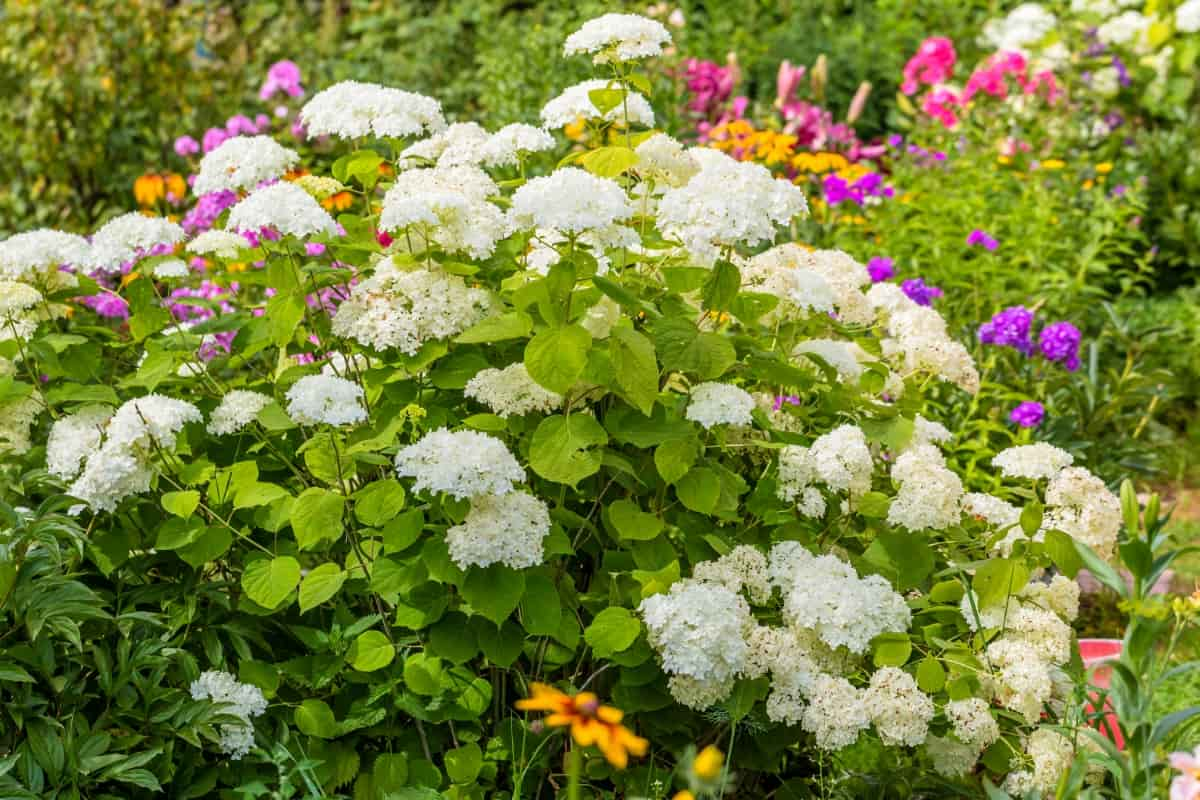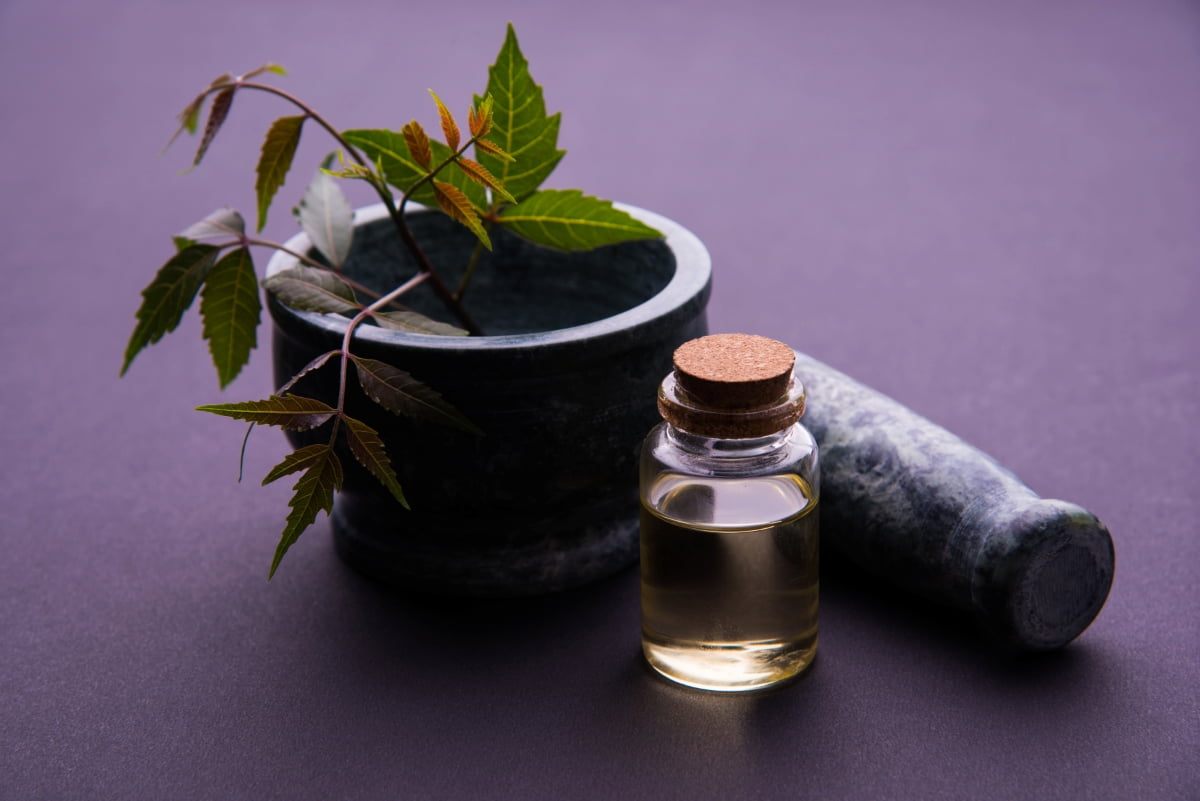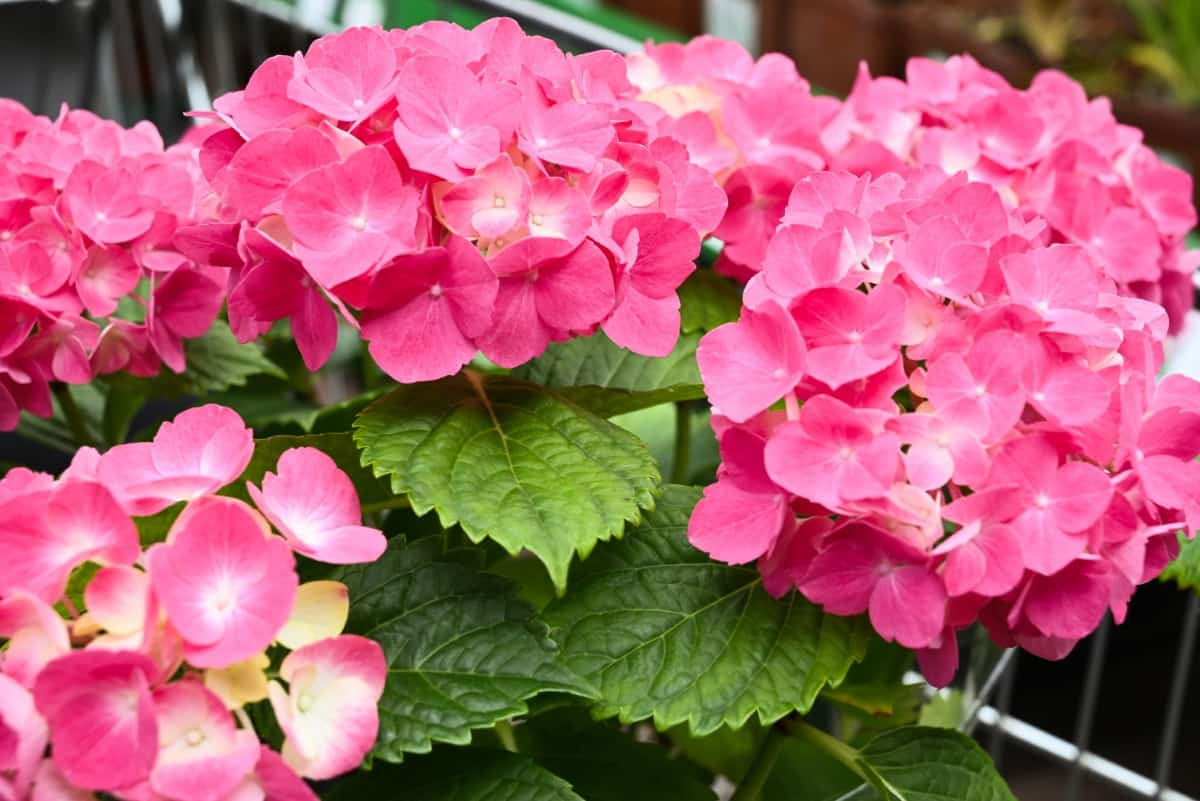Neem oil is a natural, effective solution for combating pests and diseases in hydrangea plants, offering an eco-friendly way to maintain their health and beauty. This article delves into the benefits and methods of using neem oil on hydrangeas, ensuring your garden stays vibrant and pest-free.

How to Use Neem Oil on Hydrangea
Neem Oil and its Benefits for Hydrangea Plants
Neem oil, a natural product extracted from the neem tree, is known for its effectiveness in combating various pests and diseases that can affect hydrangea plants. This oil works as a potent insecticide, fungicide, and miticide, making it an all-in-one solution for gardeners looking to maintain healthy hydrangeas.
When you use neem oil on hydrangea plants, it helps in controlling common pests such as aphids, spider mites, and whiteflies, which are often a nuisance to these beautiful flowering plants. The oil’s properties do not harm beneficial insects, making it an eco-friendly choice. How to use neem oil on hydrangeas is a common question among gardeners, and the answer lies in its proper application and consistency in use. The oil acts as a systemic pest control agent, offering long-lasting protection.
How to Prepare Neem Oil to Use on Hydrangea Plants
The process involves creating a diluted solution that is safe yet effective. Start by getting a high-quality, cold-pressed neem oil, which is more potent and beneficial. To create the mixture, incorporate approximately 1-2 teaspoons of neem oil into one gallon of water, adjusting the quantity based on the extent of the pest issue.
To this, add a few drops of mild liquid soap, which acts as an emulsifier, allowing the oil and water to mix properly. Stir this mixture thoroughly to ensure the oil is well distributed. The correct preparation of neem oil spray for plants is vital for its efficacy, as an improperly mixed solution might not give the desired results and can even harm the plants. This mixture can be used both for foliar spray and soil application, addressing pests and diseases from both angles.
How to Apply Neem Oil on Hydrangea Plants
When considering how to use neem oil spray on plants, especially hydrangeas, timing and method of application is key. Apply the neem oil spray either early in the morning or late in the afternoon to avoid the strong sunlight, which can cause the leaves to burn. Apply the neem oil solution uniformly to the hydrangea using a spray bottle, ensuring comprehensive coverage, including the underside of leaves where pests commonly hide.
In case you missed it: How to Use Neem Oil on African Violets: A Natural Way to Get Rid of Bugs from African Violets

For those wondering how to use neem oil on plants indoors, the same procedure applies, but ensure good ventilation and avoid over-spraying as it might harm indoor air quality. Reapply the neem oil spray every week or after heavy rain, which can wash off the oil. Consistent application is necessary to break the life cycle of pests and effectively control them.
Mixing and Dilution for the Right Concentration of Neem Oil for Hydrangea Plants
Achieving the right concentration of neem oil for hydrangea plants is crucial for its effectiveness and safety. Over-concentration can harm the plants, while too dilute a solution may not be effective against pests. The typical recommendation is to blend 1 to 2 teaspoons of neem oil with one gallon of water, though the precise ratio may differ based on the product’s strength and the extent of the pest issue.
It’s always a good idea to start with a lower concentration and increase it if necessary. The mixture should be used immediately and not stored, as the effectiveness of neem oil decreases over time once mixed with water. Always perform a patch test on a small area of the plant before applying it entirely to ensure that the plant does not react negatively to the solution.
Can Neem Oil Be Used on All Hydrangea Plant Varieties?
Some hydrangea varieties may be more sensitive to oil-based treatments, especially during hot and dry conditions. It’s recommended to test a small area of the plant before full application. If there’s no negative reaction within 24-48 hours, it’s safe to proceed. Always monitor the plant after applying neem oil, and if any signs of distress appear, discontinue use immediately. Most hydrangea varieties, however, respond well to neem oil treatments, making it a versatile and safe option for pest control.
How Long Does Neem Oil Stay Effective on Hydrangea Plants?
The effectiveness of neem oil on hydrangea plants generally lasts for about a week to ten days. This duration can be affected by environmental factors such as rainfall and temperature. Heavy rain can wash off the oil, necessitating a reapplication. In hot, dry conditions, the effectiveness might decrease more rapidly. Frequent plant inspection is essential to assess the need for additional treatments in the presence of pests or diseases. Consistency in application, as mentioned earlier, is key to maintaining the protective barrier that neem oil provides against pests and diseases.
Using Neem Oil in Combination with Other Pest Control Methods
While neem oil is a powerful tool in garden pest control, especially for hydrangea plants, it can be even more effective when used in combination with other pest control methods. Integrating neem oil with practices like proper plant spacing, regular pruning, and maintaining good soil health can significantly enhance pest and disease control.
In case you missed it: How to Use Neem Oil on Hyacinth Plants: A Natural Way to Get Rid of Bugs from Hyacinth Plants

Combining neem oil with beneficial insects like ladybugs and lacewings, which feed on common hydrangea pests, can promote a healthier and more sustainable garden ecosystem. It’s important to ensure that any additional pest control methods used are compatible with neem oil and do not diminish its effectiveness.
Some Common Pests and Diseases that Neem Oil Can Control on Hydrangea Plants
It’s particularly adept at controlling aphids, small sap-sucking insects that can weaken plants and spread diseases. Spider mites, another common pest, are also susceptible to neem oil treatments. These small insects can inflict substantial harm by consuming plant cells. Neem oil also combats whiteflies, known for their rapid reproduction and the ability to quickly infest plants. When it comes to diseases, neem oil is effective against fungal issues like powdery mildew, a common problem in hydrangeas that appears as a white, powdery coating on leaves. It can also help prevent rust, a fungal disease that causes orange, yellow, or brown pustules on leaves.
How to Monitor the Effectiveness of Neem Oil on Hydrangea Plants
Monitoring the effectiveness of neem oil on hydrangea plants involves regular inspection and observation. After applying neem oil, check the plants every few days to observe any changes in the condition of pests and diseases. Look for signs of reduced pest activity, such as fewer aphids or spider mites on the undersides of leaves.
Also, monitor the plant for signs of new growth and improved health, which indicates that the neem oil is working. Pay attention to any changes in the appearance of leaves and flowers, as these can be indicators of the oil’s effectiveness or any adverse reactions.
Safety Precautions to Take when Using Neem Oil on Hydrangea Plants
When using neem oil on hydrangea plants, certain safety precautions are important to ensure both the well-being of the plants and the user. Always wear protective gloves when handling neem oil, as prolonged skin contact can irritate some individuals. If spraying neem oil, wear protective eyewear to prevent accidental splashes in the eyes.
In case you missed it: How to Use Neem Oil on Tuberose Plants: Best Natural Way to Get Rid of Pests on Tuberose Plants

Make sure to apply neem oil in well-ventilated areas, especially when treating indoor plants, to avoid inhaling the spray. It’s crucial to avoid spraying neem oil in extreme temperatures, as it can cause leaf burn in hot weather and may not be as effective in very cold conditions. Keep pets and children away from treated areas until the spray has dried completely.
Conclusion
Neem oil stands out as a versatile and safe option for protecting hydrangea plants from common pests and diseases. By following the guidelines for preparation, application, and safety, gardeners can effectively harness the power of neem oil, ensuring their hydrangeas remain a stunning and healthy addition to their garden.
- Feed Your Flock for Less: Top 10 Tips to Save on Chicken Feed
- Ultimate Guide to Ossabaw Island Hog: Breeding, Raising, Diet, and Care
- Hatching Answers: The Top 10 Reasons Your Chickens Aren’t Laying Eggs
- Eggs and Economics: Breaking Down the Cost of Raising Backyard Chickens
- Defend Your Greens: Proven Methods to Keep Iguanas Out of Your Garden
- Ultimate Guide to Cinnamon Queen Chicken: A Comprehensive Guide for Beginners
- Ultimate Guide to California Tan Chicken: Breeding, Raising, Diet, Egg-Production and Care
- Ultimate Guide to Marsh Daisy Chicken: Breeding, Raising, Diet, and Care
- 10 Types of Chicken Farming Businesses You Can Start for Profits